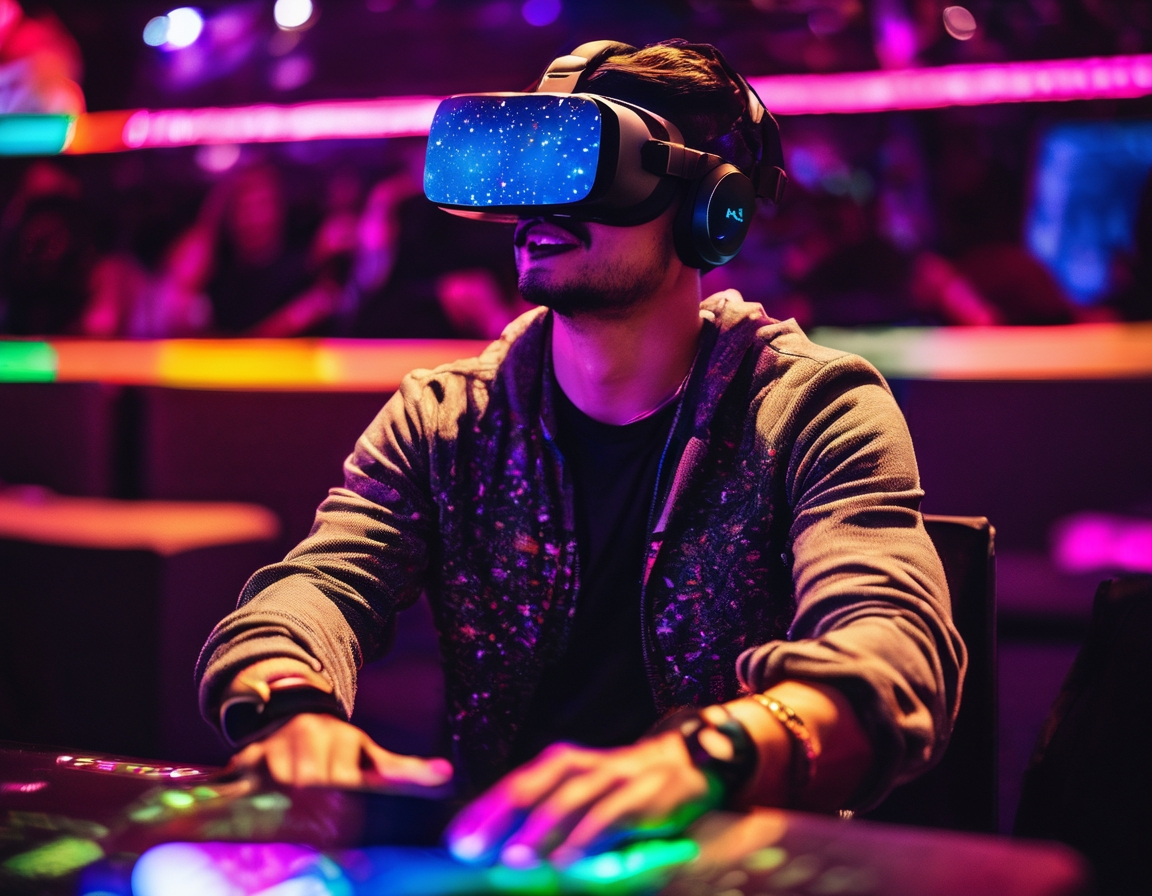Top trends in media and printing for 2024
As we step into 2024, the media and printing industries are poised for transformative changes driven by technological advancements and evolving consumer preferences. These trends are not only reshaping how content is created and consumed but also how businesses operate within these sectors. This blog post explores the top trends that are expected to dominate the media and printing landscape in 2024.
2. The Rise of Augmented Reality (AR) in Media
Augmented Reality (AR) is revolutionizing the advertising industry by offering immersive experiences that engage consumers in unprecedented ways. Brands are leveraging AR to create interactive advertisements that allow users to visualize products in their own environment, enhancing the decision-making process and increasing conversion rates.
In the realm of education, AR is being utilized to create dynamic learning experiences. By overlaying digital information onto the physical world, AR enables students to interact with educational content in a more engaging and meaningful manner. This trend is particularly significant for educational institutions and organizations aiming to provide innovative learning solutions.
3. Sustainable Printing Practices
With growing environmental concerns, the printing industry is shifting towards sustainable practices. The use of eco-friendly materials, such as recycled paper and biodegradable inks, is becoming increasingly popular. These materials not only reduce the environmental impact but also appeal to environmentally conscious consumers.
Advancements in printing technology are leading to more energy-efficient solutions. Modern printers are designed to consume less power while maintaining high-quality output. This trend is crucial for businesses looking to reduce their carbon footprint and operational costs.
4. Personalization and Customization in Printing
Personalization is a key trend in the printing industry, with Variable Data Printing (VDP) at the forefront. VDP allows for the customization of printed materials by altering text, images, and graphics from one piece to the next without slowing down the printing process. This capability is invaluable for marketing campaigns that require tailored messaging.
On-demand printing is gaining traction as it offers flexibility and reduces waste. Businesses can print materials as needed, minimizing inventory costs and ensuring that content is always up-to-date. This trend is particularly beneficial for companies that require frequent updates to their printed materials.
5. Integration of Artificial Intelligence (AI) in Media
Artificial Intelligence is playing a significant role in content creation, enabling media companies to produce high-quality content more efficiently. AI tools can generate articles, videos, and graphics, allowing creators to focus on strategy and creativity. This trend is reshaping the media landscape by streamlining production processes.
AI is also transforming how media companies understand and engage with their audiences. By analyzing vast amounts of data, AI can provide insights into consumer behavior, preferences, and trends. This information is invaluable for creating targeted content and marketing strategies that resonate with specific audiences.
6. The Role of 3D Printing in Media
3D printing is becoming an essential tool for prototyping in the media industry. It allows creators to quickly produce physical models of their designs, facilitating the development process and enabling rapid iteration. This capability is particularly beneficial for industries such as film and gaming, where visual elements are crucial.
In event production, 3D printing is being used to create custom props, set pieces, and promotional materials. This technology offers unparalleled flexibility and creativity, allowing event organizers to bring their visions to life with precision and efficiency.






Comments (0)